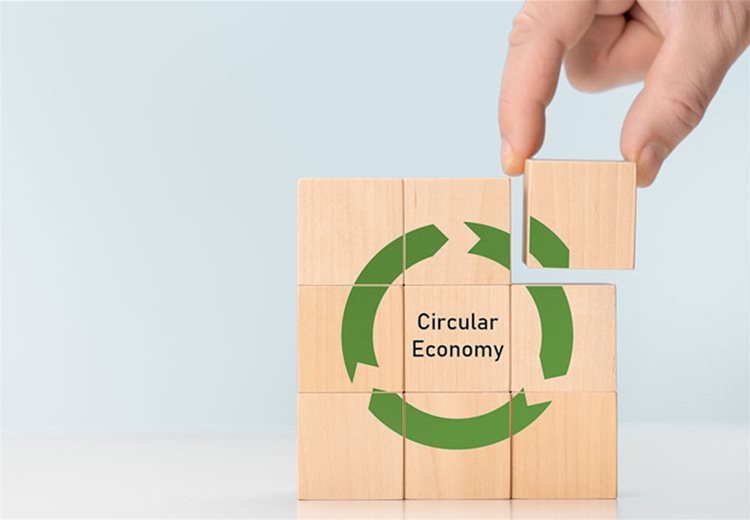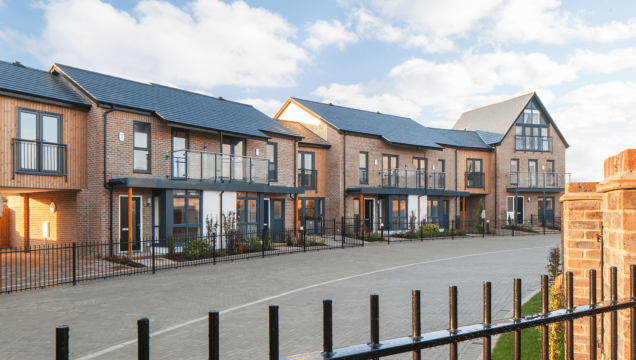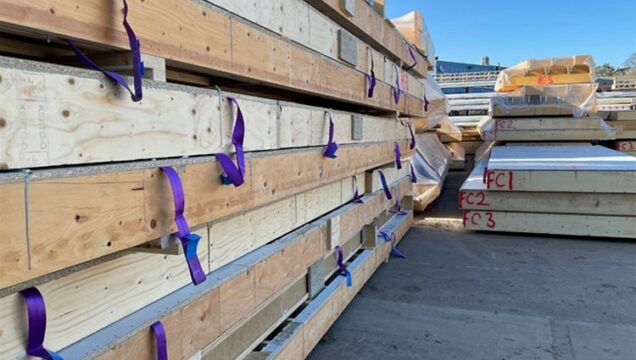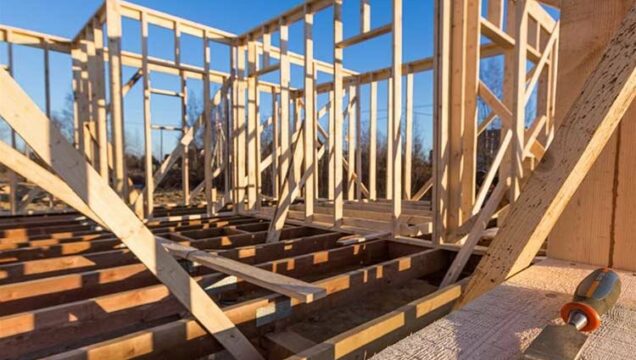

More and more people are becoming environmentally conscious and recognising that, if we want to achieve the goal of Net Zero by 2050, some big changes need to be made.
Construction is one of the industries that has the biggest impact on the planet when it comes to carbon and waste, and it’s responsible for billions of tonnes of waste worldwide.
As with many industries, construction practices are largely based on a ‘linear economy’. This approach focuses on a ‘take, make, waste’ model that sees finite raw materials extracted, processed, and then thrown into landfill.
The solution? Adopting a circular economy. And, building with in timber frame construction is one of the most effective ways of adopting that sustainable approach.
//What is a circular economy?
A circular economy is a method of production and consumption that has its roots in sustainability. It looks to replace the more traditional linear economy, which has been the most common during the decades of mass production.
The aim is to use renewable raw materials and prioritise recycling in a bid to reduce energy usage and waste. This is much better for the environment as fewer of earth’s finite resources are used up and less greenhouse gasses are emitted into the atmosphere.
//Why does timber frame construction support a circular economy?
Timber is the only true renewable building material we have. It can be replaced by planting more trees, and most of the time more trees are planted than are cut down when used to create timber for building.
One of the big aspects of a circular economy is recycling and re-use, which timber frame construction is well suited to. This is something referred to as ‘unbuilding’ and it’s when buildings are designed for ease of dismantling, reducing waste and the impact structures have on the local area.
Wood waste recycling is the process of converting waste wood into re-usable products. The bulk of wood waste can be reused as a building material, recycled into mulch for landscaping or even pulp which is used for paper production. It is also used profitably as a fuel.
The benefits of timber frame construction for a circular economy don’t stop there either. As we all know, trees are one of the most important natural resources we have for absorbing carbon dioxide in the atmosphere. In fact, 50% of the dry weight of timber is carbon that has been removed from the atmosphere – pretty impressive! This means it is acting as a carbon store.
Timber frame structures are one aspect of creating a circular economy in construction and can help on an individual project basis. Other initiatives, such as New Zealand’s ‘timber-first’, and also present in France and the Netherlands, are required to make a quantifiable difference to the industry’s embodied carbon problem.
//Do your part for the circular economy
Ready to do your part to help us move towards a circular economy, and protecting our environment? Consider using more timber and timber frame construction for your next project.
Pinewood Structures has over 40 years of experience in delivering high-quality timber frames that comply with Building Regulations and the quality standards of our industry.
To find out what we can do for you, contact us today or call on 01767 651218.


